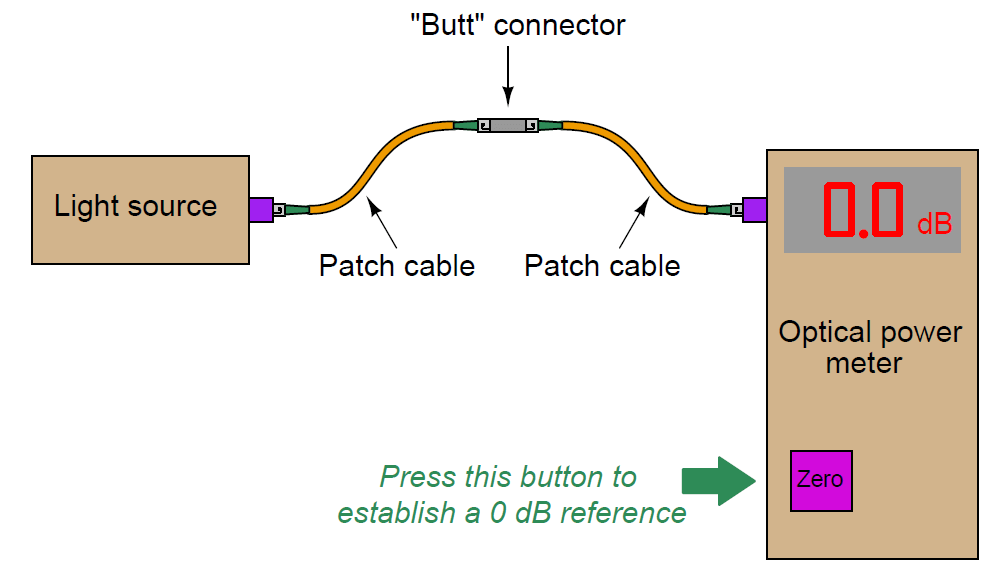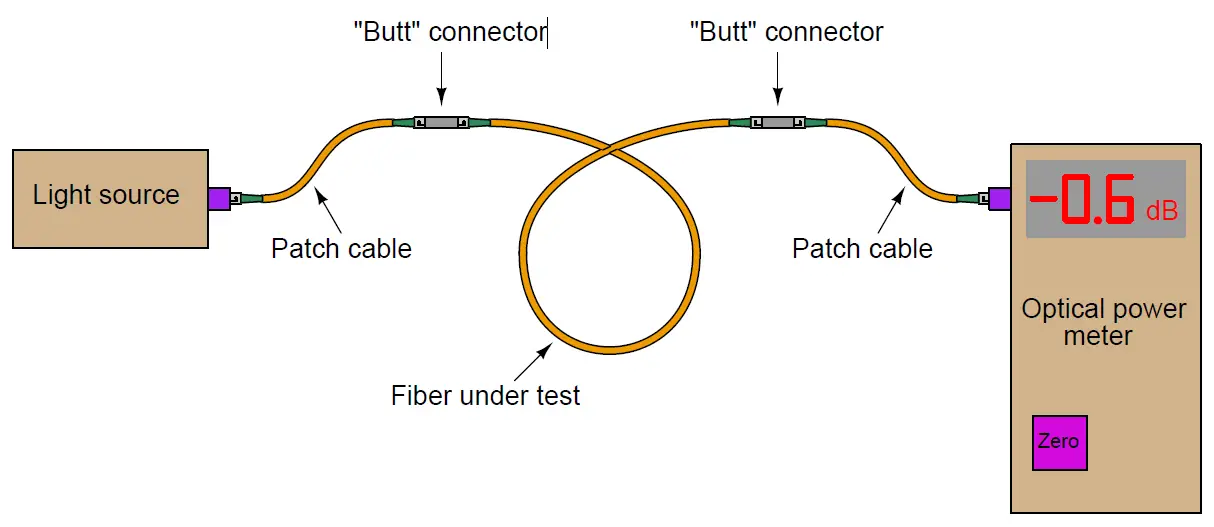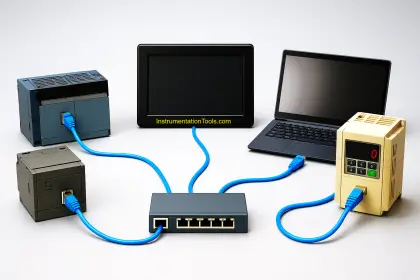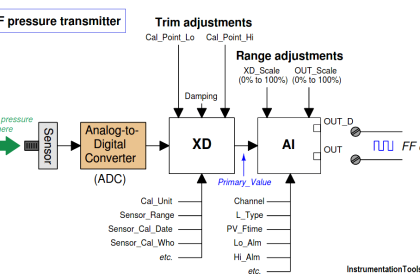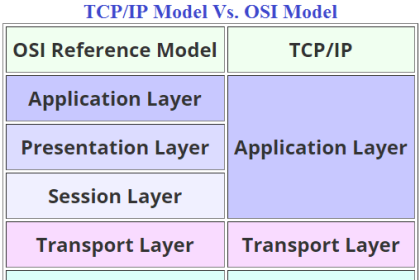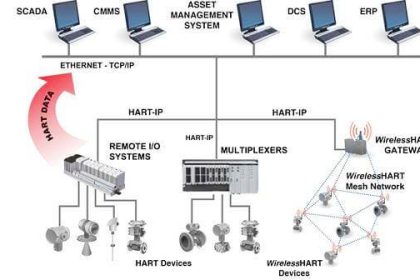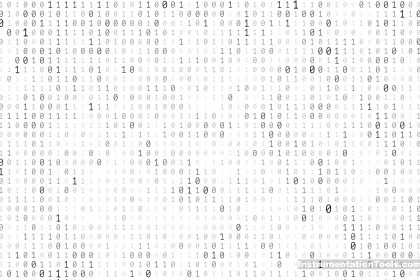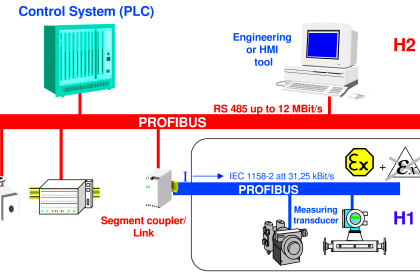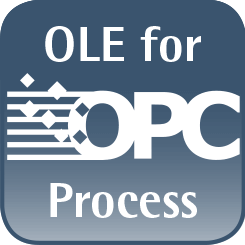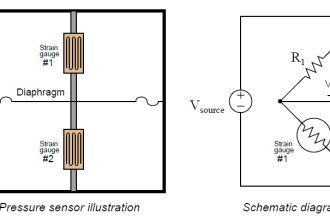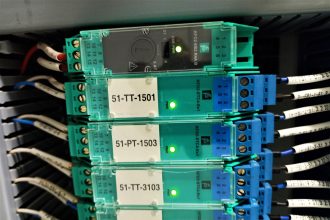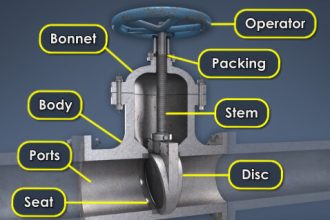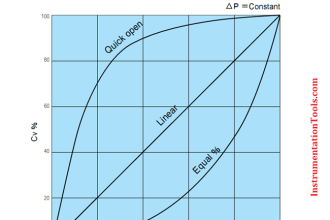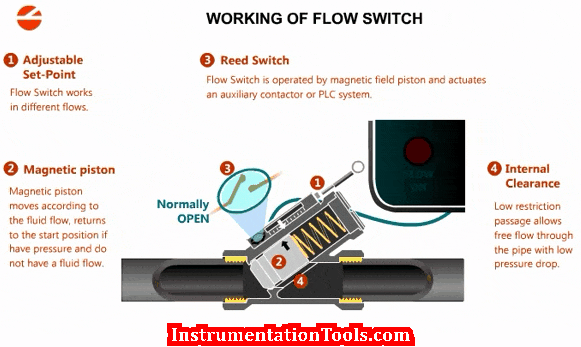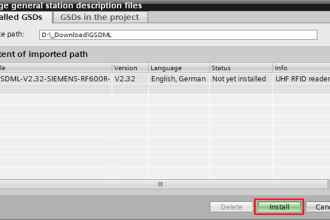Optical fibers, like electrical communications cable, may need to be tested to measure certain performance characteristics. Such testing is commonplace for new installations of fiber optic cabling to ensure all installed cable lengths and connectors are functioning properly. Repeated tests over time, compared with the initial installation test, quantifies any degradation of cables or connectors.
Another common testing procedure, called acceptance testing, tests the optical cable while it is still on the spool prior to installation.
Two basic types of optical fiber tests are presented here: one where the power level of light is measured at the far end of the fiber from a source of known optical power, and another where a pulse of light is sent down a fiber and the light received at the same end of the fiber is analyzed.
The former test is simply a measurement of optical power, while the latter test is a sophisticated analysis of light over very brief periods of time (time domain reflectometry).
Optical power loss Testing
Perhaps the simplest quantitative test of an optical fiber consists of shining a light source of known optical power at one end of a fiber and monitoring the amount of optical power received at the other end of the fiber. This type of test is typically performed with two pieces of equipment: the source and the power meter.
First, the optical power meter and light source are short-coupled together using a pair of patch cables and a single “butt” connector:
Once light is received by the optical power meter, the technician presses the “zero” button to set the baseline or reference point for all future power measurements. Although some light will be lost in the two patch cables and connector, this amount of loss will also be present in the final test and so it must be ignored.
After “zeroing” the optical power meter, the actual fiber to be tested is connected between the light source and the power meter. Any additional light lost within the tested fiber will register at the power meter as a negative decibel figure:
Recall that the definition of a “decibel” is 10 times the common logarithm of the power ratio between output and input for any system:
Thus, the power loss of −0.6 dB shown in the illustration represents 87.1% of the optical source power received by the optical power meter. Decibels are very commonly used as an expression of power gain and loss in communication system testing, because dB figures directly add when components are connected in series with each other. For example, if we knew that a certain type of “butt” connector for optical fiber exhibited a typical power loss of −1.2 dB and that three of these connectors would be used to join a single run of fiber, we would know to expect a total connector loss of −3.6 dB (i.e. 3 × −1.2 dB).
Excessive optical power losses may be caused by a number of different factors, including:
- Poor alignment between fibers in a connector → Connector flaw causing fibers to be mis-aligned (e.g. angular misalignment) → Fiber flaw causing mis-alignment in a good connector (e.g. cores not concentric)
- Mismatched fiber sizes (e.g. 62.5 micron core sending light into a 50 micron core)
- Oil or debris on the end of a connector
- Rough (improperly polished) end on one or more fibers
- Minimum bend radius violated at any point along the fiber’s length
- Cracked fiber core
Unfortunately, a power meter test will not indicate what kind of flaw is causing excessive power loss, nor where that flaw might be located. If the cable in question has removable connectors midway in its length, the power meter and/or source may be relocated to test portions of the cable to determine which section contributes more to the power loss, but an end-to-end power test cannot pinpoint the location or the type of fault.
Also Read: OTDR Testing for Fiber Optic Cable
